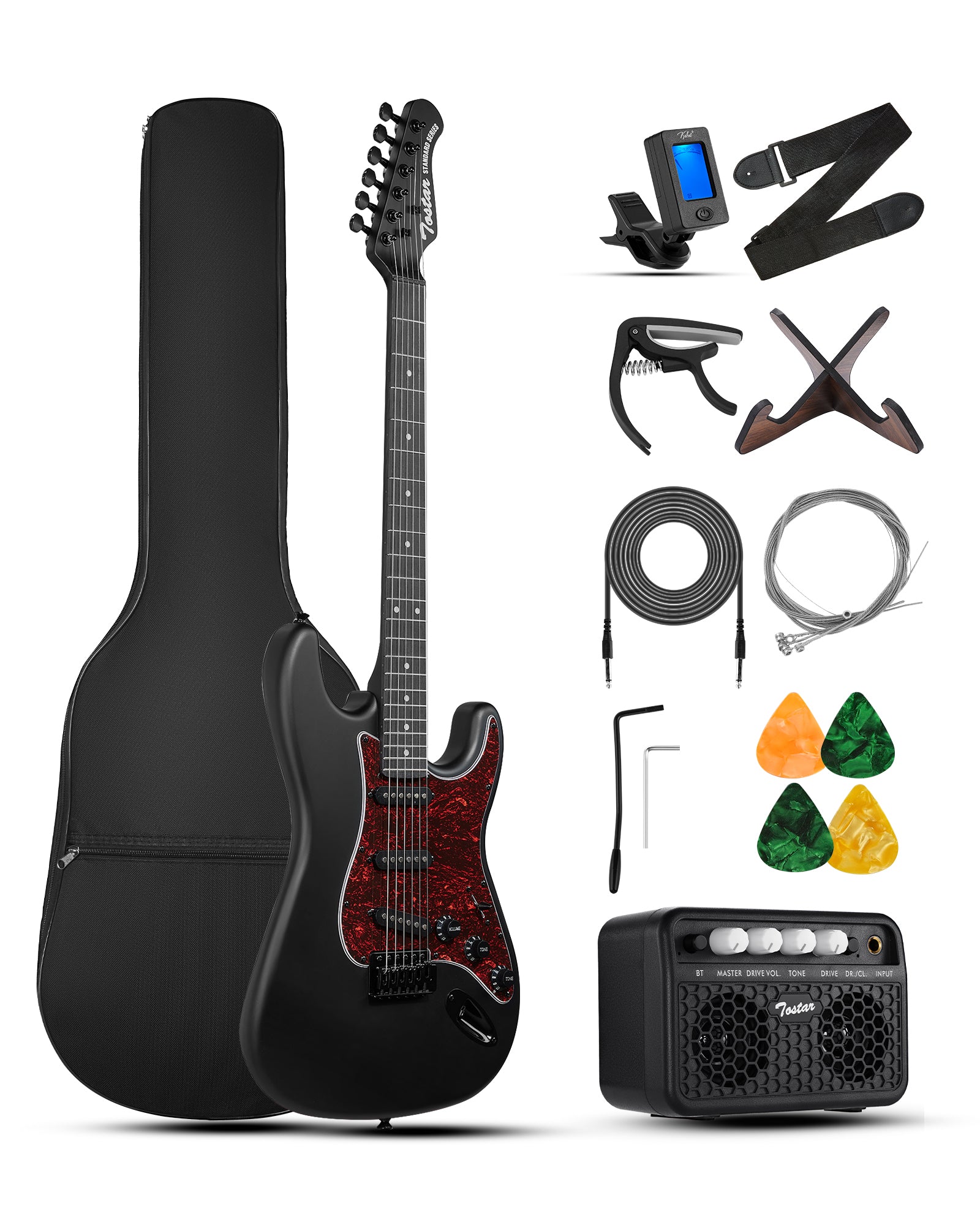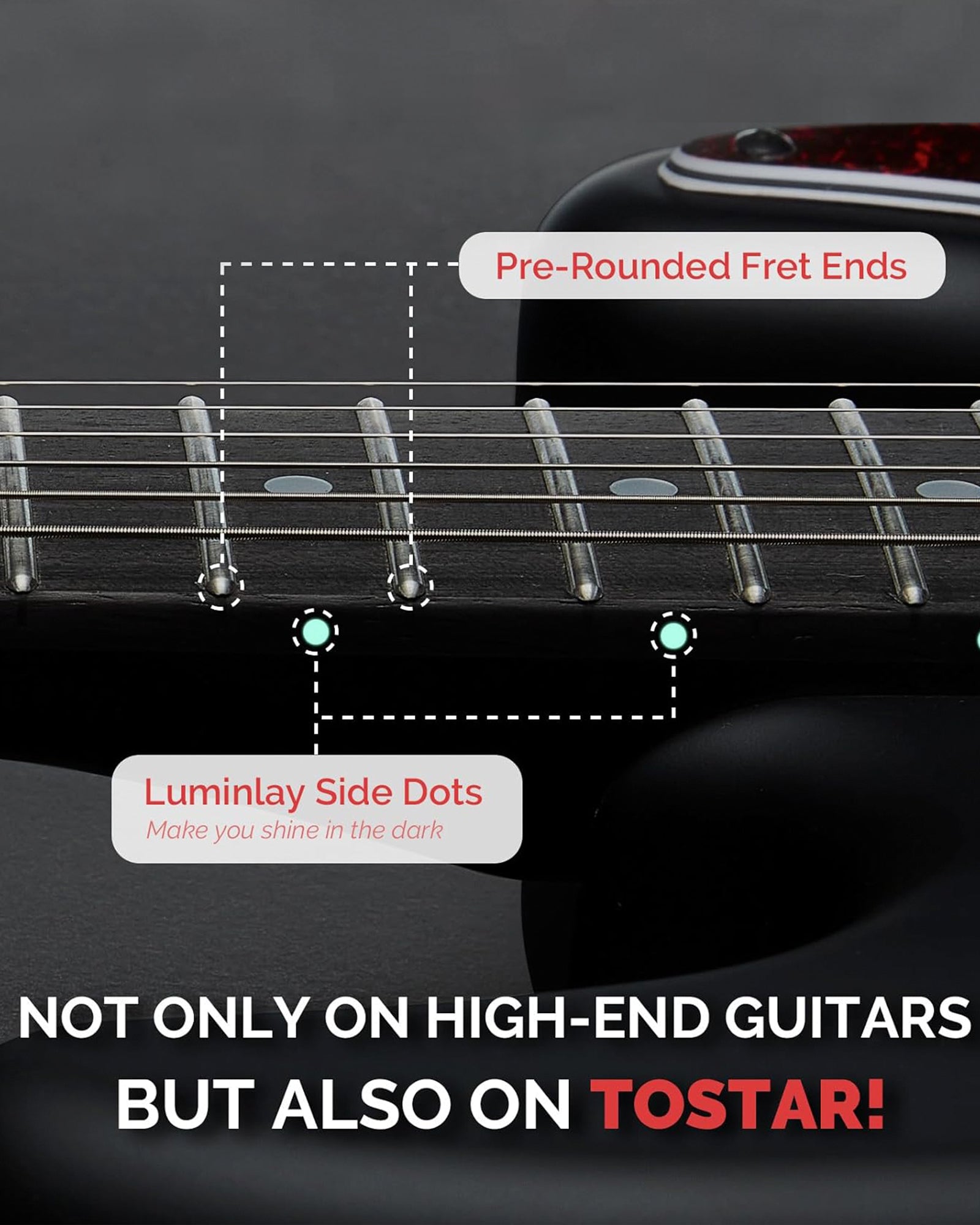
The G minor (Gm) chord carries a haunting, bittersweet tone that resonates across genres like rock, blues, pop, and country. Compared to the brighter G major, its darker, introspective sound evokes a tension between unease and hope, perfect for expressing complex emotions. Whether you’re a beginner expanding your chord repertoire or an intermediate player aiming to add depth to your playing, mastering the Gm chord is a valuable skill. This guide covers everything you need to know about the Gm chord, from its structure and sound to multiple playing methods, with practice exercises, tablature, and song examples to help you incorporate it confidently into your playing. Let’s pick up the guitar and explore the emotive power of the G minor chord!
Why Learn the G Minor Chord?
Though less common than major chords like C or G, the Gm chord’s unique emotional depth makes it a powerful tool for adding contrast to your music. Its slightly uneasy, reflective tone suits songs that explore struggle, hope, or ambiguity. On an electric guitar, the Gm chord’s qualities are enhanced by pickups and effects, making it ideal for genres that thrive on expressive dynamics. Whether you’re aiming for the crisp twang of country or the soulful weight of blues, the Gm chord brings a memorable emotional edge.
Understanding the G Minor Chord
The Gm chord consists of three notes: G (root), Bb (minor third), and D (perfect fifth). Compared to the G major chord (G, B, D), the Gm chord flattens the third from B to Bb, creating its darker, melancholic sound. This subtle change gives the chord its signature emotional pull, ideal for conveying tension or introspection. Here’s the note structure:
Notes: G Bb D
On a standard-tuned guitar (E-A-D-G-B-E), you can find these notes across the fretboard to create various Gm chord voicings.
How to Play the Standard G Minor Chord
The most common Gm chord is a barre chord starting at the 3rd fret, using all six strings for a full, rich sound, ideal for electric or acoustic guitars seeking a bold expression. Here’s the fingering:
- Index finger: Barre across all six strings at the 3rd fret (low E, A, D, G, B, high E).
- Ring finger: Press the 5th fret of the A string (5th string).
- Pinky finger: Press the 5th fret of the D string (4th string).
Tablature:
E|--3-----(index barre)
B|--3-----(index barre)
G|--3-----(index barre)
D|--5-----(pinky)
A|--5-----(ring)
E|--3-----(index barre)
Steps:
- Place your index finger flat across the 3rd fret, covering all six strings, pressing firmly to avoid muted notes.
- Position your ring finger on the 5th fret of the A string and your pinky on the 5th fret of the D string.
- Strum all six strings from the low E, ensuring each note rings clearly.
- Adjust finger pressure if any strings buzz or sound muted.
Practice slowly, focusing on clarity for each string. The standard Gm chord’s full sound is perfect for rock or country songs needing strong emotional impact.
Simplified G Minor Chord for Beginners
Barre chords can be challenging for beginners, so here’s a simplified Gm chord using only four strings, reducing finger strain for quick mastery:
- Index finger: Press the 3rd fret of the G string (3rd string).
- Index finger: Press the 3rd fret of the B string (2nd string).
- Index finger: Press the 3rd fret of the high E string (1st string).
- Ring finger: Press the 5th fret of the D string (4th string).
Tablature:
E|--3-----(index)
B|--3-----(index)
G|--3-----(index)
D|--5-----(ring)
A|--x-----(mute)
E|--x-----(mute)
Steps:
- Use your index finger to press the 3rd fret on the G, B, and high E strings simultaneously (a partial barre).
- Place your ring finger on the 5th fret of the D string.
- Strum only the top four strings (D, G, B, high E), avoiding the low E and A strings.
- Check for clear, ringing notes, adjusting finger placement as needed.
This version has a thinner sound but is easier to play, making it ideal for beginners. Master this before transitioning to the full barre chord for a richer tone.
Practice Tips for Mastering the Gm Chord
Incorporate these exercises into your routine to play the Gm chord cleanly:
-
Finger Placement Drill (5 mins):
- Practice placing your fingers for the standard Gm chord, lift, and repeat 10 times, focusing on speed and accuracy.
- Switch to the simplified Gm chord and repeat, ensuring smooth finger movement.
-
Chord Transition Exercise (10 mins):
-
Pair the Gm chord with common chords like C major, D major, or F major. For example, strum Gm for four beats, then switch to C major (5th string at 3, 4th at 2, 2nd at 1) for four beats.
-
Use a metronome at 60 BPM to maintain rhythm. Here’s a sample progression:
| Gm | Gm | C | C | | Gm | Gm | D | D |
-
-
Tone Exploration (5 mins):
- On an electric guitar, experiment with pickup settings. Use single-coil pickups (typically positions 2 or 4) for a crisp, country or bluesy tone; use humbuckers (position 1) for a warm, rock-oriented sound.
- Adjust your amp’s tone knob, adding slight reverb to enhance the Gm chord’s melancholic vibe.
-
Strumming Pattern Practice (10 mins):
-
Practice a country-style strumming pattern: down-down-up, up-down-up. Apply it to Gm and D major:
Pattern: ↓ ↓ ↑ ↑ ↓ ↑ | Gm | Gm | D | D | -
Add subtle vibrato after strumming to enhance expression, especially on electric guitars.
-
Songs Featuring the G Minor Chord
The Gm chord’s emotive quality shines in various genres. Here are examples to inspire your practice:
- Country: Garth Brooks’ “Wild Horses” uses Gm to underscore themes of love and loss, ideal for practicing the standard barre chord’s full sound.
- Pop: Brenton Wood’s “Gimme Little Sign” showcases Gm’s contemplative vibe, perfect for the simplified chord’s crisp tone.
- Rock: The Beatles’ “From Me to You” incorporates Gm for an unexpected shift, great for practicing smooth chord transitions.
- Alternative: Plain White T’s “1, 2, 3, 4” uses Gm in its acoustic-driven arrangement, suitable for testing the simplified version’s bright sound.
Find tabs for these songs on sites like Ultimate Guitar to practice Gm in context. Here’s a sample tab for a section of “Gimme Little Sign”:
| Gm | Gm | C | C |
| Gimme little sign, girl... |
Common Challenges and Solutions
- Muted Strings in Barre Chord: Ensure your index finger presses evenly across all strings, avoiding finger curl. Adjust wrist angle to find the best pressure point.
- Finger Fatigue: Start with the simplified Gm chord to build strength for the full barre version. Take short breaks to prevent cramping.
- Buzzing Notes: Position fingers close to the fret wire without touching it. Press perpendicular to the fretboard for clear notes.
Enhancing the G Minor Chord
On an electric guitar, enhance the Gm chord’s sound with:
- Pickup Selection: Use single-coil pickups for a bright, twangy tone ideal for country or blues; humbuckers for a thicker rock sound.
- Effects: Add slight reverb or delay to emphasize the Gm chord’s moody atmosphere. Avoid heavy distortion to maintain clarity.
- Vibrato: After strumming Gm, use a tremolo arm or finger vibrato to add emotional depth.
Practice Routine for Gm Chord Mastery
Dedicate 30 minutes daily:
-
Warm-Up (5 mins): Tune your guitar and practice finger placement for both Gm versions.
-
Chord Transitions (10 mins): Switch between Gm, C, and D at 60 BPM. Try this progression:
| Gm | Gm | C | C | | Gm | Gm | D | D | -
Song Practice (10 mins): Play sections of “Wild Horses” or “Gimme Little Sign” incorporating Gm.
-
Tone Experimentation (5 mins): Test pickup settings and amp effects to explore Gm’s tonal range.
Record weekly to track improvements in clarity and expression.
Resources for Further Learning
- Online Lessons: Check Justin Guitar’s YouTube channel for chord tutorials or Fender Play for structured lessons.
- Communities: Join Reddit’s r/guitar for tips and feedback.
- Apps: Use Yousician or Guitar Pro for interactive chord exercises and tabs.
Conclusion
The G minor chord is a key to expressive guitar playing, adding depth and emotion to your music. Whether using the full barre chord or the simplified four-string version, mastering Gm will enhance your ability to convey complex feelings. With consistent practice and song application, you’ll confidently wield this chord’s bittersweet voice. Pick up your guitar, tune it up, and let the G minor chord shine in your playing!






